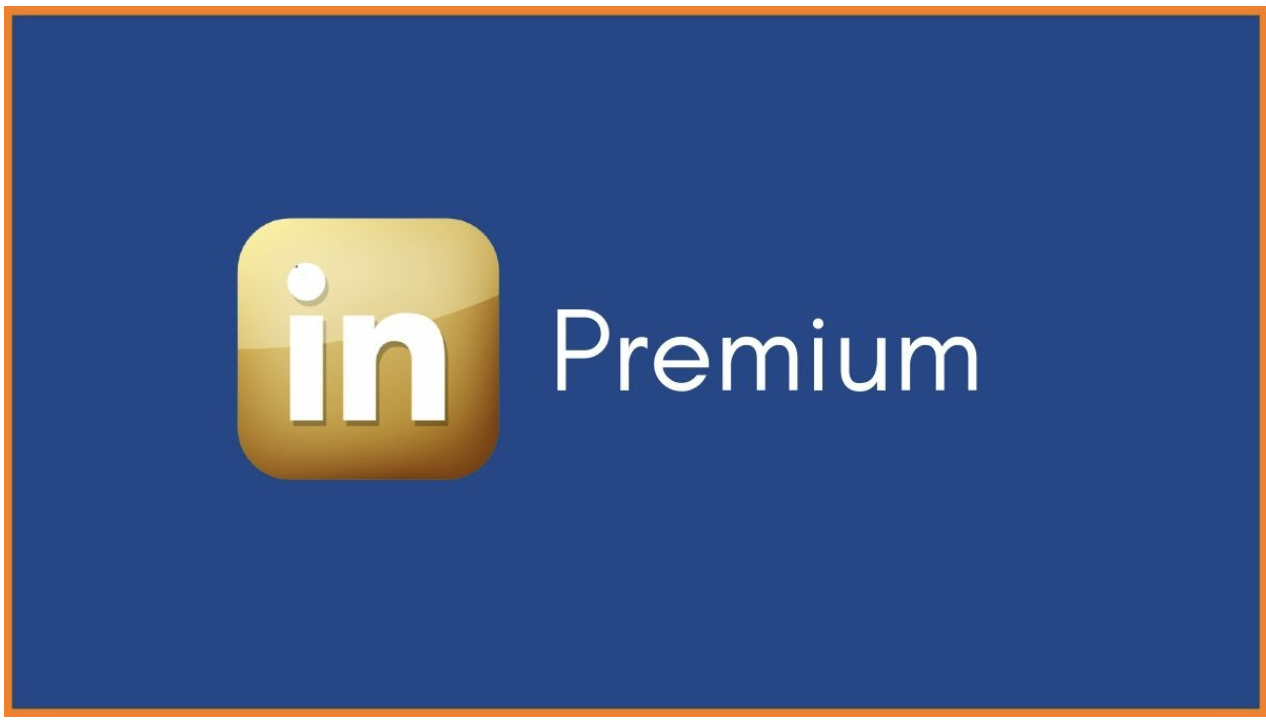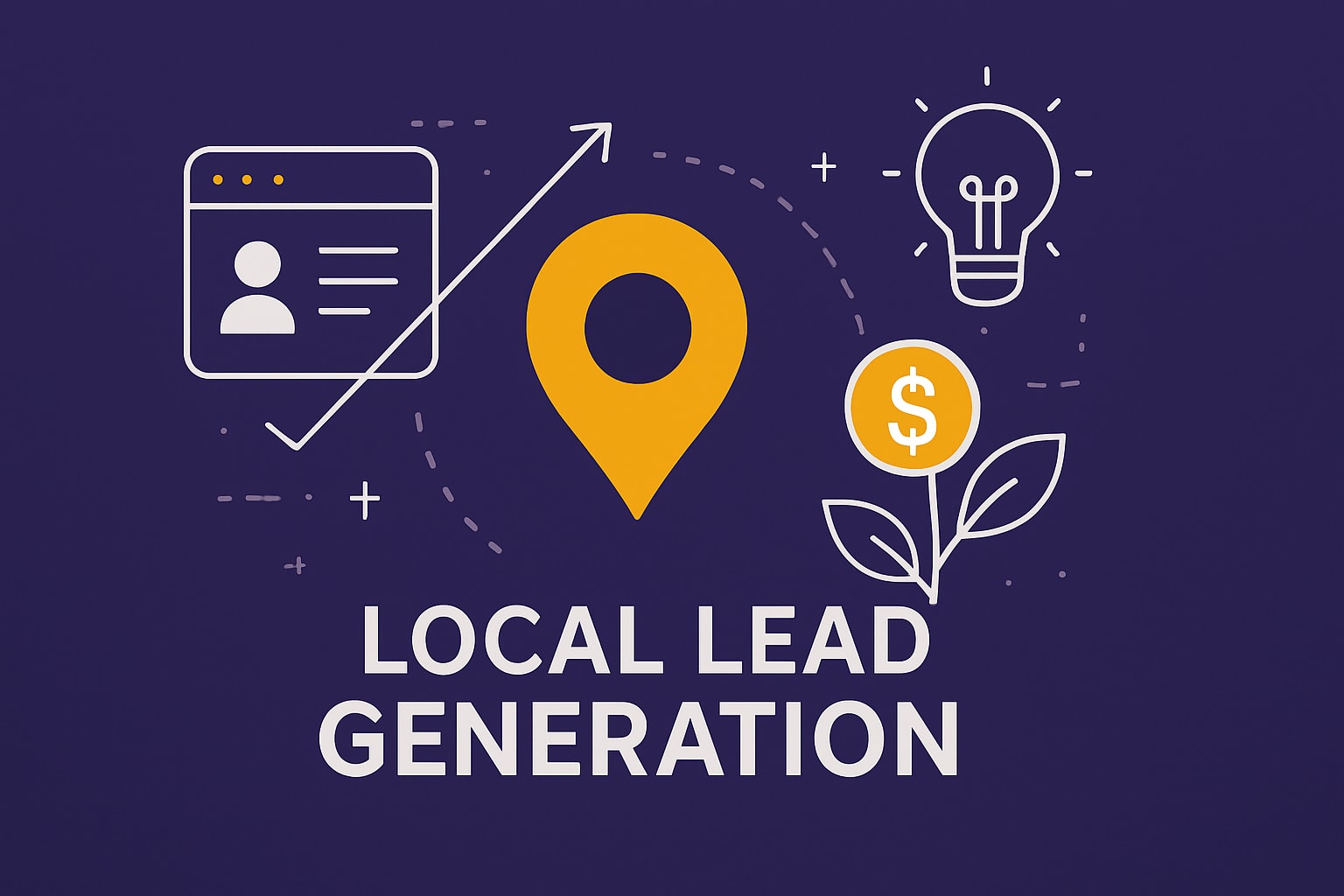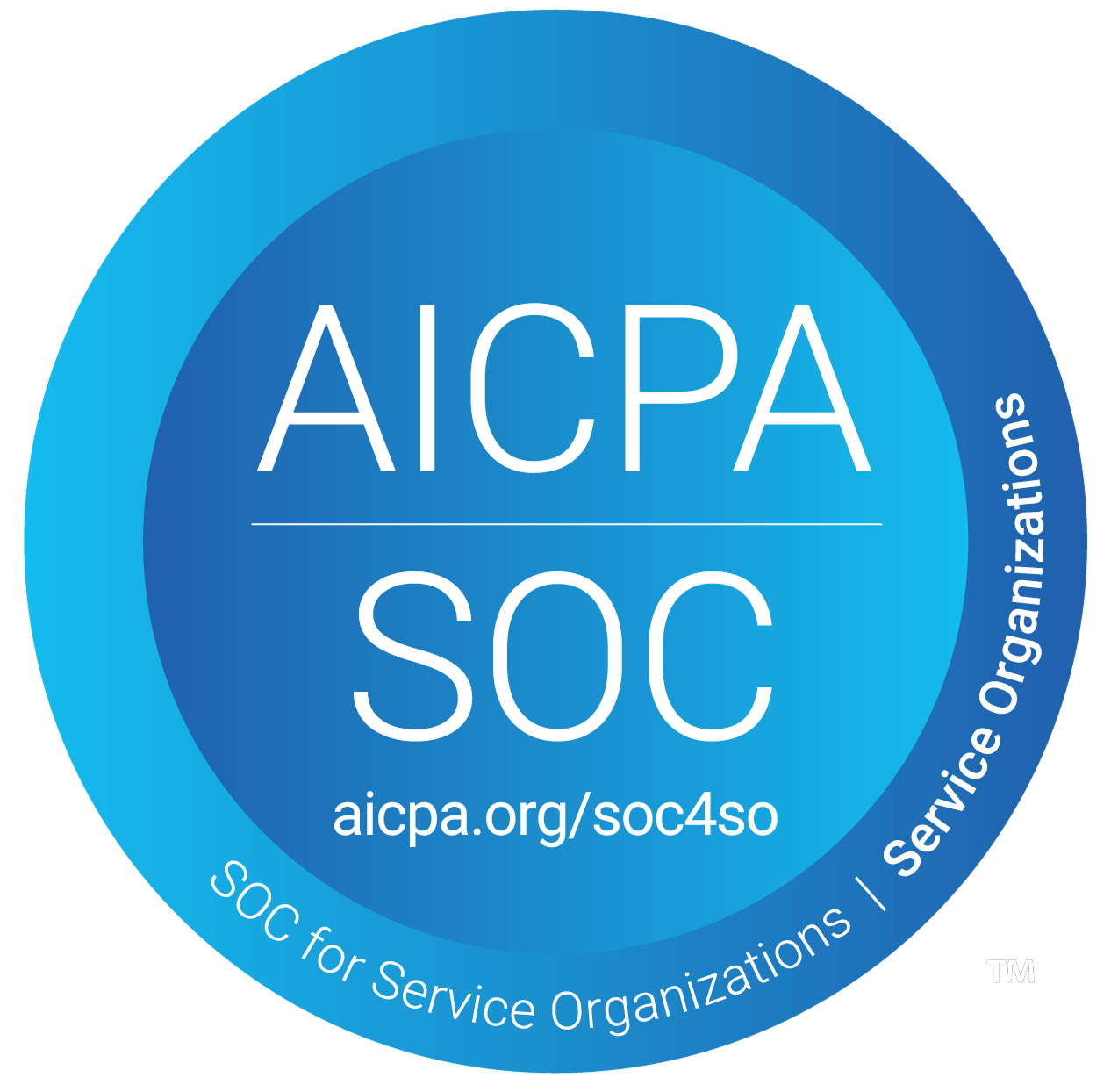I’m always looking for ways to market my own business on a shoestring budget, so I’ve had to get creative. I’ve read many books and articles on Marketing Psychology in the past, but one of the first things that struck me was how much people respond to FREE offers. To attract attention I offer a free Sample which is a great way for me to introduce myself and my service, whilst building a relationship with my potential customers.
One of the first things that you should consider when marketing is behavioural economics. Free offers can break through the noise and make an impact, A 2010 study by Daniel Kahneman and Jack L. Knetsch showed that if you offer something for free, you are more likely to get a response than if you charge each person one dollar.
As consumers, we think we know why we buy.
The reality is more complicated.
Did you know that 95% of our decisions are driven by subconscious urges?
We are not rational agents making informed decisions. We are creatures of habit and instinct, making decisions more on gut feeling and psychological biases than rational consideration.
Let’s have a look at how human nature and economic principles are used in marketing, focusing on the power of FREE:
Behavioural economics principle #1: The power of FREE
One of the ultimate MVPs of marketing strategies isn’t an elaborate growth hack or a carefully-crafted tagline. It’s a four-letter word: FREE. The word free, at first sight, makes people go out of their way to lug home useless keychains and pens from conferences; it makes them buy pants that are too tight, just so they can get a second pair at no cost.
That’s why you’ll see supermarkets advertising “Buy one, get one free”, not “Buy two products, get 50% off”.
While both of these deals are fundamentally the same, consumers will get a lovely hit of dopamine when they see the word “Free”, and that will be reinforced when they take advantage of that offer.
According to Dan Ariely in his book Predictably Irrational, people change their behavioral patterns when something free comes along. Free isn’t just an indicator of price. It’s a powerful emotional trigger that’s often irresistible.
Dan Ariely provides evidence for this behavioural concept. In his experiment, he offered two kinds of chocolate: Lindt truffles for 15 cents and Hershey’s Kisses for 1 cent . What happened? Approximately, 73% of the people chose the Lindt chocolate, while 27% chose the Hershey’s. How would “free” change the outcome? He repeated the experiment and reduced the prices of both chocolates by 1 cent.The Lindt was now offered for 14 cent while the Hershey’s for free. What happened? 69% of people chose the Hershey’s chocolate. According to standard economic theory, the price reduction should not have led to a change in behaviour, but in real life it does. Dan Ariely states that “zero is an emotional hot button – a source of irrational excitement” (Ariely, 2008). It’s clear that things become very appealing once they become free.
There’s a valuable marketing lesson or two to pull from this. Free goods and services can lead to big sales for a brand when used wisely. For example, Amazon entices customers to order just one more DVD, or 5 more pairs of socks, or twice as much exercise equipment by offering free shipping if the order total meets a certain amount. That’s one hell of a “free” strategy, and it permeates the company’s entire business model.
You can demonstrate your value by offering a free product instead of charging money for it. We’ve seen great success with this in the past!
If you haven’t already thought about the ways you can implement free into your company strategy, you’d be wise to get to it!









